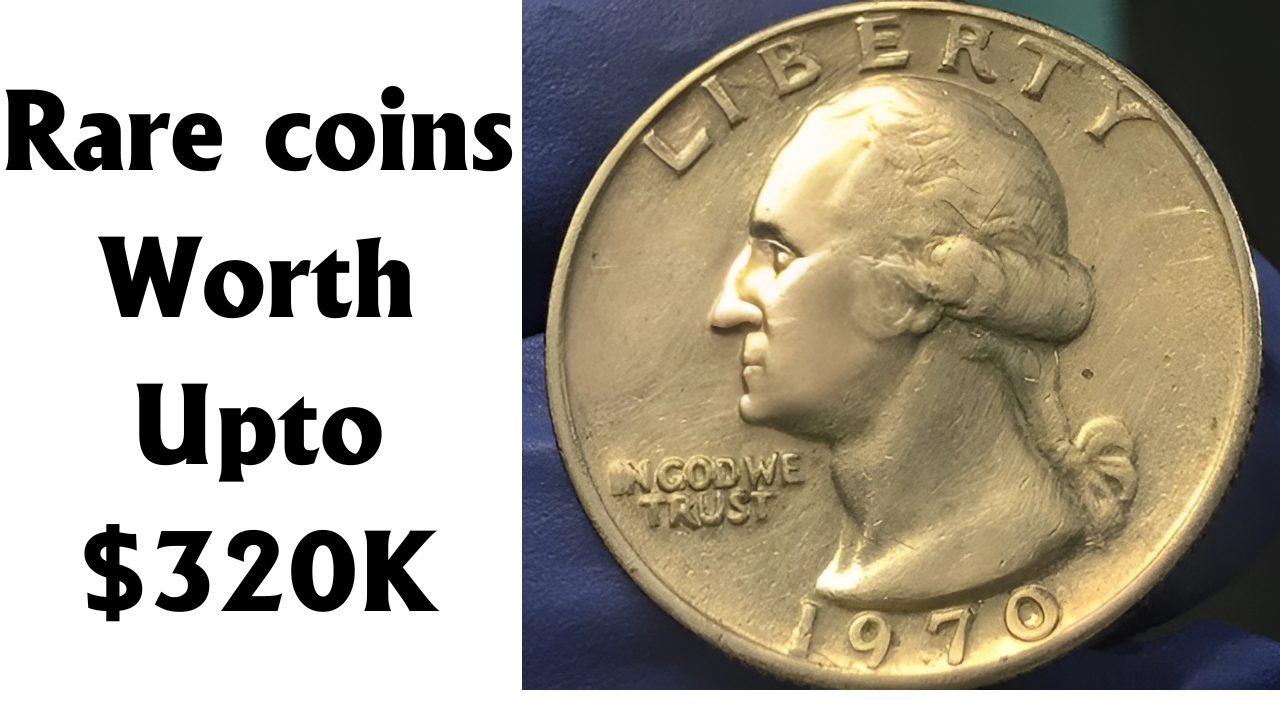The Bicentennial Quarter, minted in 1975 and 1976, commemorates the 200th anniversary of the United States.
While it may seem like a standard piece of currency, certain versions of this quarter have become highly sought after by collectors, leading to fascinating stories and significant monetary value.
This article delves into the history, features, and rarity of the Bicentennial Quarter, exploring why it has captured the attention of numismatists and casual collectors alike.
Historical Context
The Bicentennial Quarter was part of a larger initiative to celebrate the United States’ 200th birthday.
The U.S. Mint produced a series of coins, including the quarter, half dollar, and dollar, featuring designs that reflected the nation’s heritage.
The quarter’s reverse side showcases a depiction of the drummer boy, symbolizing the spirit of the American Revolution.
Design Features
-
Obverse Side: The obverse side of the Bicentennial Quarter features the familiar portrait of George Washington, designed by John Flanagan. This design was used on quarters since 1932.
-
Reverse Side: The reverse side features a unique design created by Dennis R. Williams, depicting a colonial drummer boy surrounded by the inscriptions “1776-1976” and “United States of America.”
Minting and Production
The Bicentennial Quarter was minted in both Philadelphia (no mint mark) and Denver (D mint mark).
The U.S. Mint produced over 1.6 billion Bicentennial Quarters, making them relatively common in circulation.
However, certain variations and errors have emerged, leading to a subset of coins that are considered rare and valuable.
Rarity and Value
While most Bicentennial Quarters are worth their face value of 25 cents, several rare varieties have surfaced over the years. Here are some notable examples:
-
1976-S Proof Quarter: The San Francisco mint produced a limited number of proof quarters, which are highly polished and intended for collectors. These coins can fetch prices ranging from $10 to $30 depending on their condition.
-
1976-D Quarter with No Mint Mark: A few quarters were mistakenly struck without the “D” mint mark, making them extremely rare. These coins can sell for upwards of $1,000 or more, depending on their condition.
-
Double Die Obverse: Some 1976 quarters exhibit a double die error on the obverse, where the image of Washington appears slightly doubled. These coins are highly sought after and can command prices in the thousands of dollars.
-
1976-S Silver Quarter: The San Francisco mint also produced a limited number of silver quarters for collectors. These coins are made of 40% silver and can be valued at $10 to $15 or more based on the current silver market.
Collecting the Bicentennial Quarter
For collectors, the Bicentennial Quarter offers a unique opportunity to explore American history through numismatics.
Here are some tips for those interested in starting or expanding their collection:
-
Research: Familiarize yourself with the different varieties and mint marks of the Bicentennial Quarter. Understanding the nuances can help you identify valuable coins.
-
Condition Matters: The value of a coin often depends on its condition. Coins are graded on a scale from Poor (P) to Perfect Uncirculated (MS-70). Higher-grade coins command higher prices.
-
Join a Community: Engaging with fellow collectors through clubs, forums, or social media can provide valuable insights and opportunities to trade or purchase rare coins.
-
Use Trusted Sources: When buying or selling coins, ensure that you deal with reputable dealers or auction houses to avoid counterfeit coins.
The Impact of the Bicentennial Quarter
The Bicentennial Quarter has had a lasting impact on American culture and numismatics.
It serves as a reminder of the nation’s history and the importance of preserving it through tangible artifacts.
The coin’s design and production reflect a time of celebration and reflection on the values that define the United States.
Rare Bicentennial Quarter worth
The Rare Bicentennial Quarter is more than just a piece of currency; it is a symbol of American history and a treasure for collectors.
While many of these quarters remain in circulation, the rare varieties hold significant value and intrigue.
As collectors continue to seek out these coins, the Bicentennial Quarter will undoubtedly remain a cherished part of American numismatic heritage.
Whether you’re a seasoned collector or a newcomer to the hobby, the stories and values associated with the Bicentennial Quarter make it a fascinating subject worth exploring.
